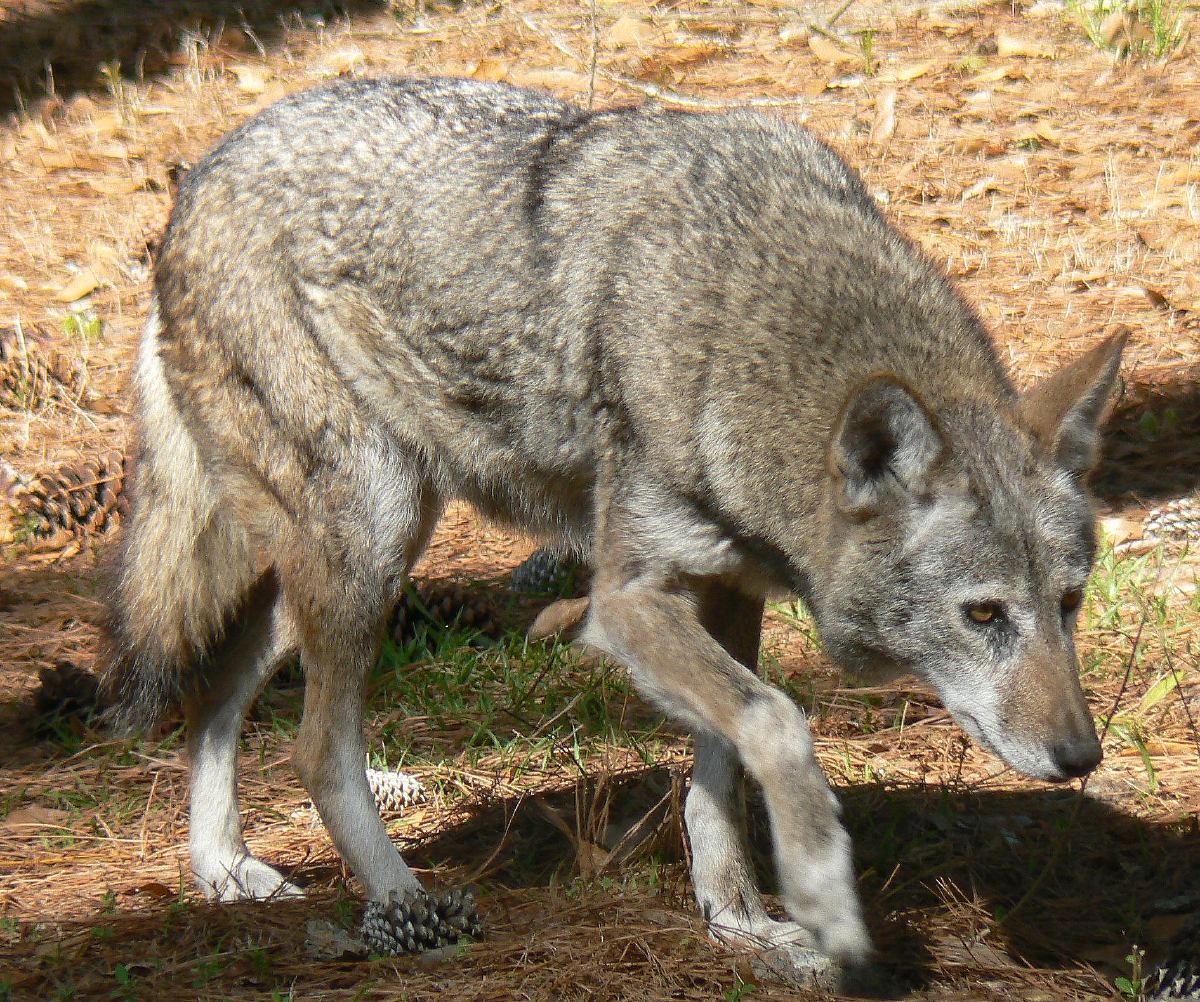Sharpe
4/18/2017
Parks, Preservation, & Sense of Place:
This week, I had to read two articles. One by Michael Ann Williams called "'When I Can Read My Title Clear.'" The other article is by T. Young called "False, Cheap, and degraded." This blog will bring out some of the statements by these two individuals that I believe to be extremely shocking. The first shocking statement is by Michael Williams, where he states that "for some, this sense of order, of human over animal, was confirmed by their religious beliefs" (Williams, pg. 91). Simply, something like should not be feared of, as well as being partially right. Animals and humans should be considered equals rather than being dominate over the other. Unfortunately, humans ability to conquer the world and our greed profits us are negatively effecting the world and animals.
For the next two statements, it is from T. Young. One of these statements that I was shocked was that "Tennessee invoked eminent domain, condemned the land, and began forced departures" (Young, pg. 174). It is shocking that the United States today, especially in the 1900s, are so willing to kick people off their land. This kind of practice was no surprise during the 1700s and 1800s with the Native Americans, which was one of America's horrible events. But for this event, it was simply to create the Great Smoky Mountains National Park.
Map of the Great Smoky Mountains
(Author: Unknown)
Photo Location: http://patriotgetaways.com/smoky-mountain-history
But one promising thing that Young was mentioning was about the Red Wolves. Young states that "in January 1991, Red Wolves (Canis rufus) were re-introduced into the Great Smoky Mountains at Cades Cove and their population initially climbed to 25" (Young, pg. 183). This is good sign that if an endangered species is able to sustain itself after being re-introduced, it means that there is hope for other species around the world. Hopefully, some endangered species are able to come off the endangered species list and able to survive side by side with humans.

Red Wolf (Captive)
(Author: Tim Ross)
Citations:
Williams, M. A. (2002). "When I Can Read My Title Clear": Anti-Environmentalism and Sense of Place in the Great Smoky Mountains. In B. J. Howell (Eds.), Culture, Environment, and Conservation in the Appalachian South (87-99). Champaign, IL: University of Illinois Press.
Young, T. (2006). False, cheap and degraded: when history, economy and environment collided at Cades Cove, Great Smoky Mountains National Park. Journal of Historical Geography, 32, 169-189.














